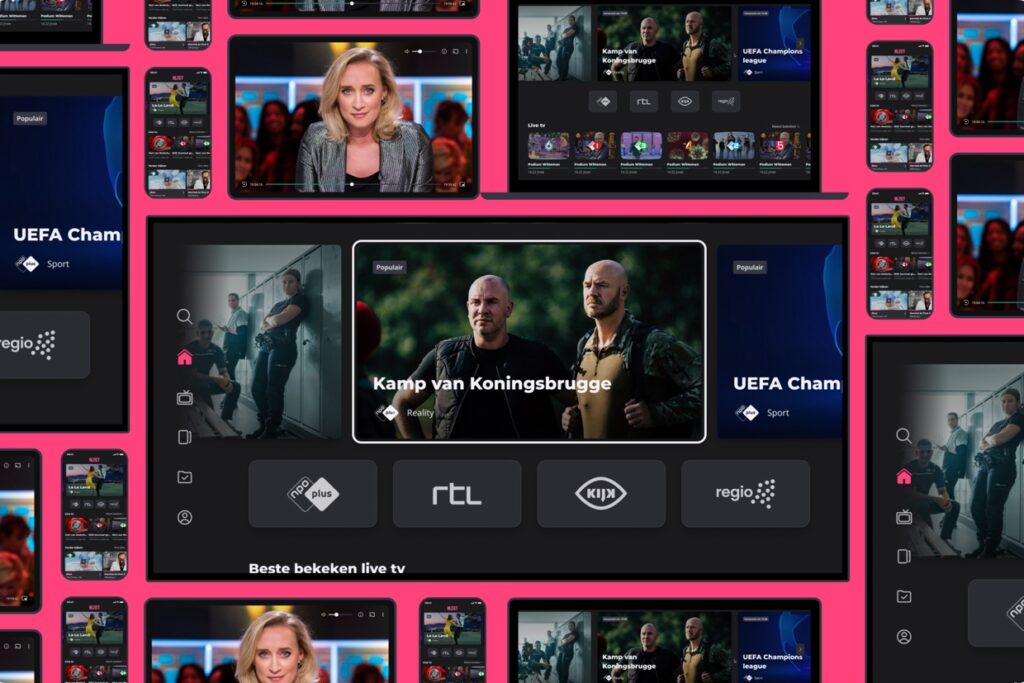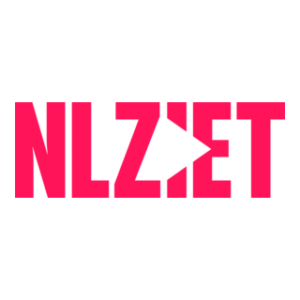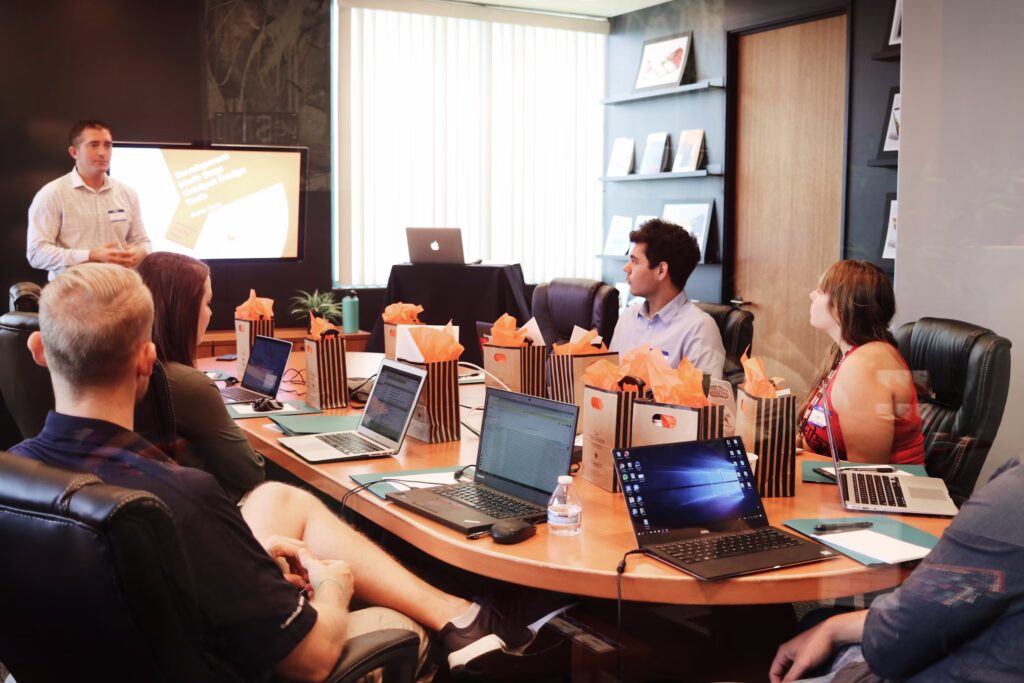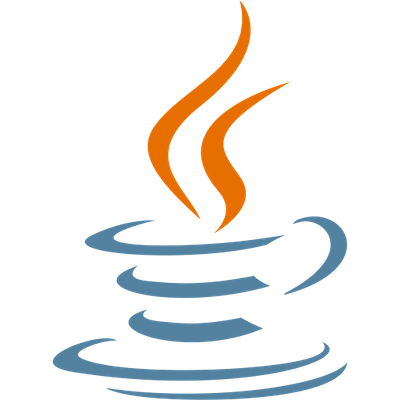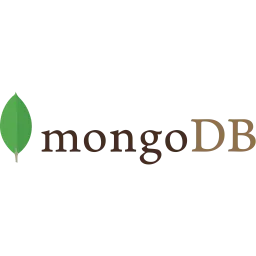With NLZIET, you can watch live TV and on-demand content, all in one convenient app. Follow your favorite shows live, watch upcoming episodes before they air on TV, or binge entire series. In other words, with NLZIET, you decide what to watch and when. NLZIET is a unique collaboration between the major Dutch broadcasters RTL, NPO, and Talpa TV, launched in 2014. Since 2018, NLZIET has been available throughout the EU. The company is based in Hilversum and has 30 employees.
NetRom pilots React Native for cross-platform apps at NLZIET
- A single codebase for all platforms
- Rapid validation through a Proof of Concept
- Reliable development partner with media expertise
